Al ROBOLAB. University of Luxembourg | K. Murugaraj, I. Schandeler | 2022
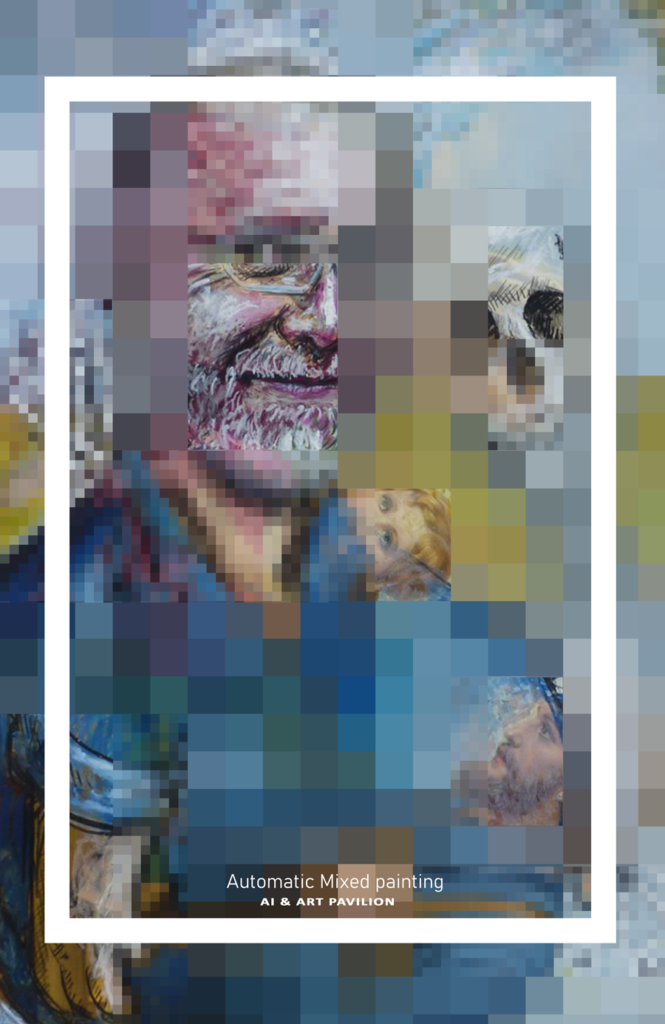
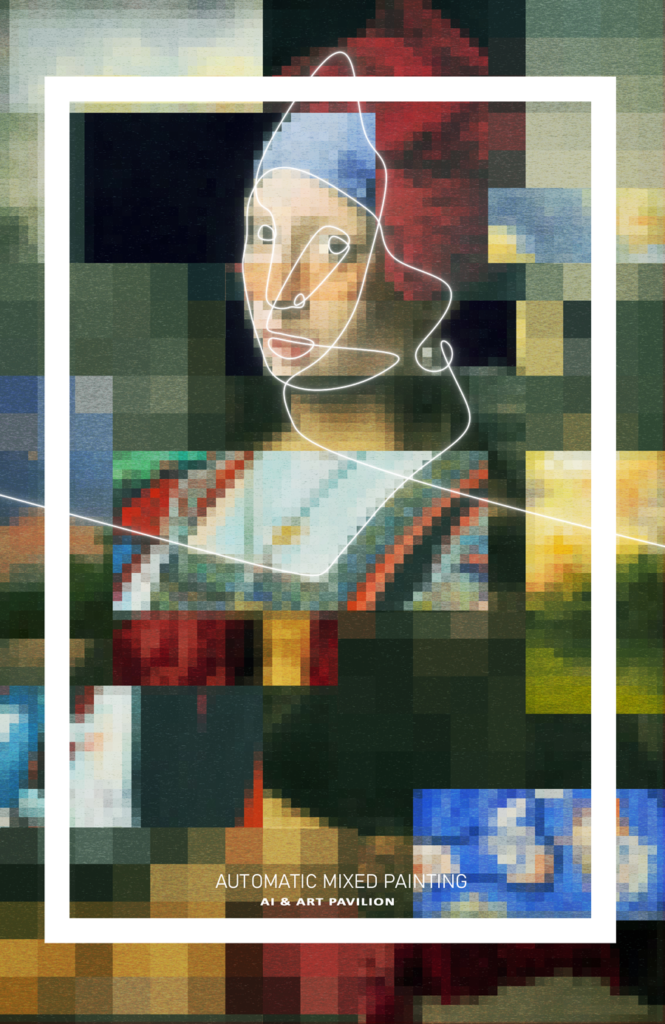
Slide to reveal the original artwork.
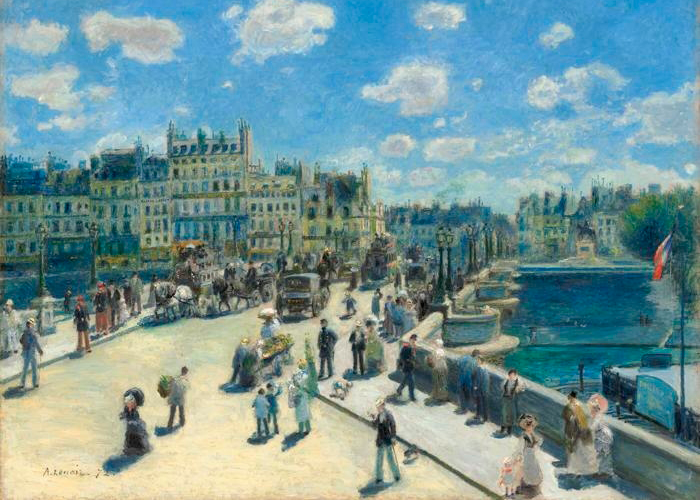
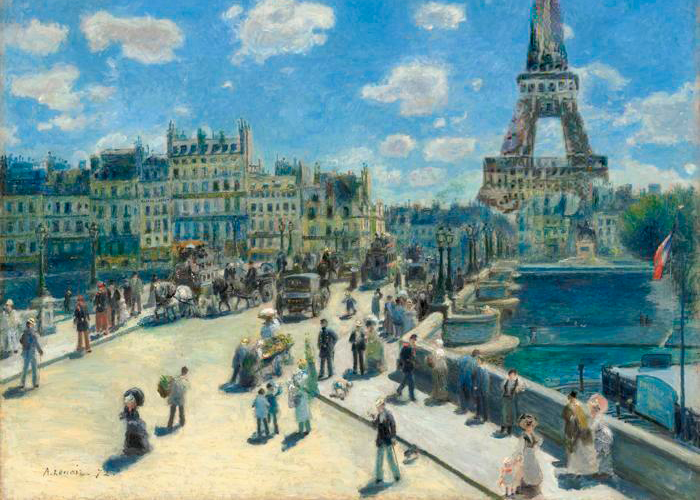
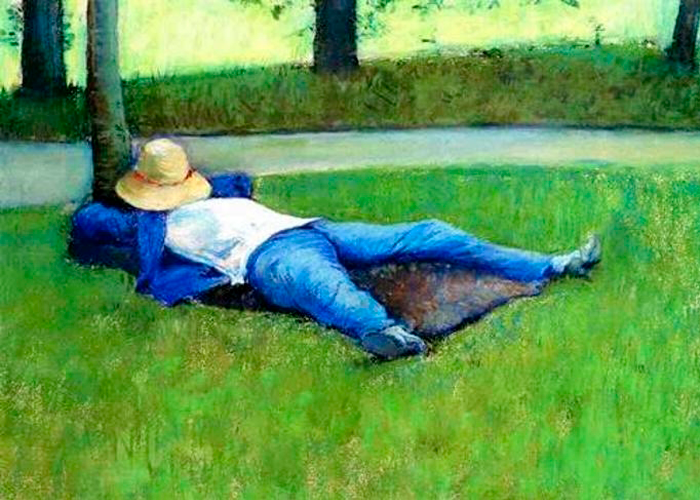
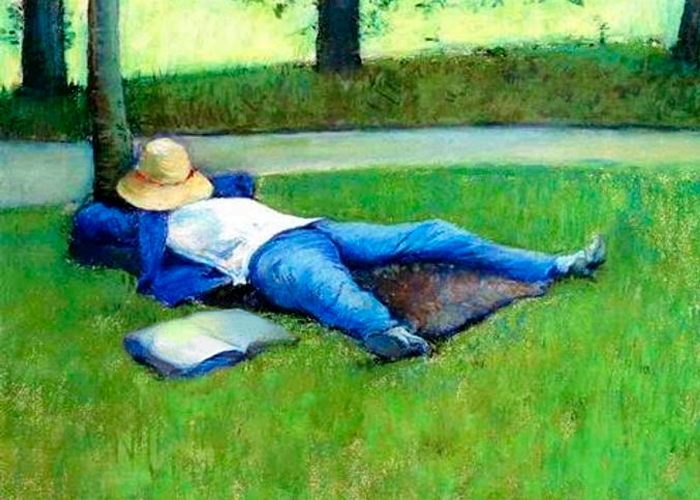
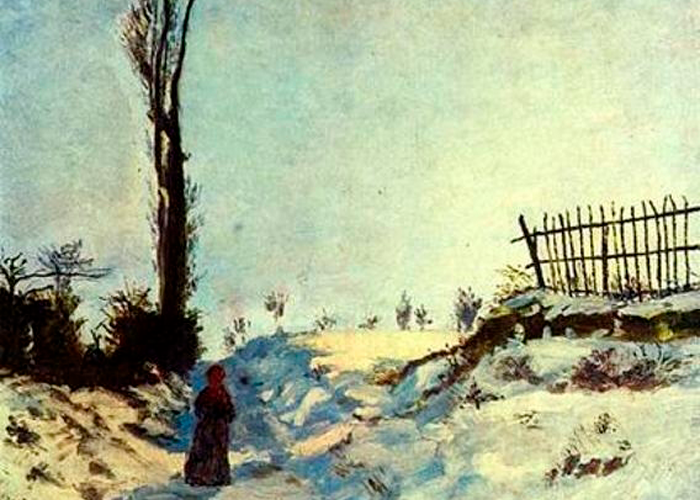
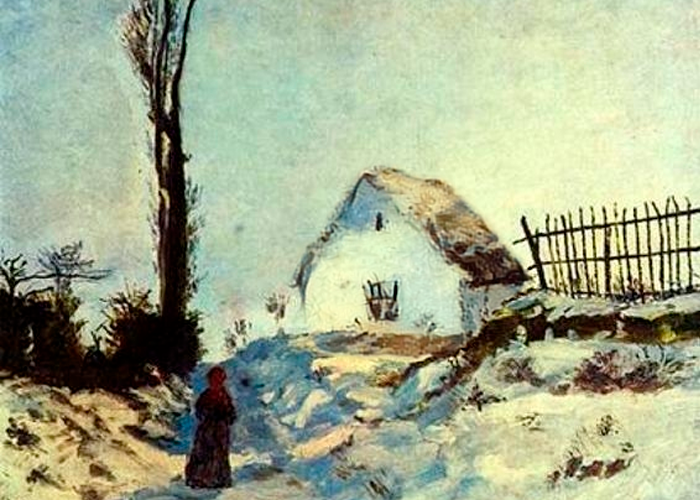
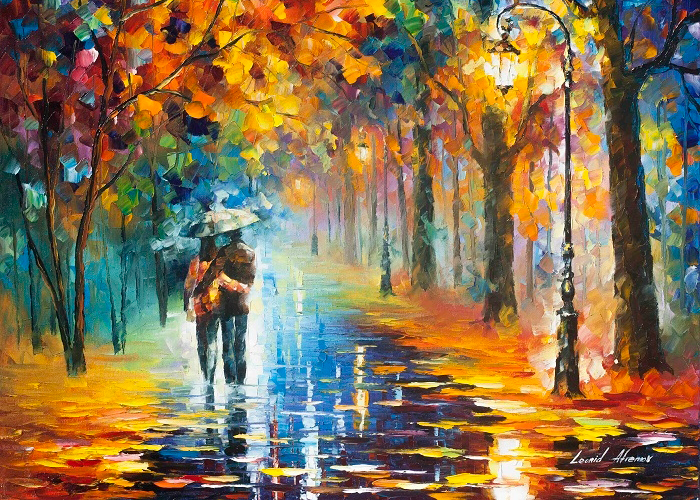
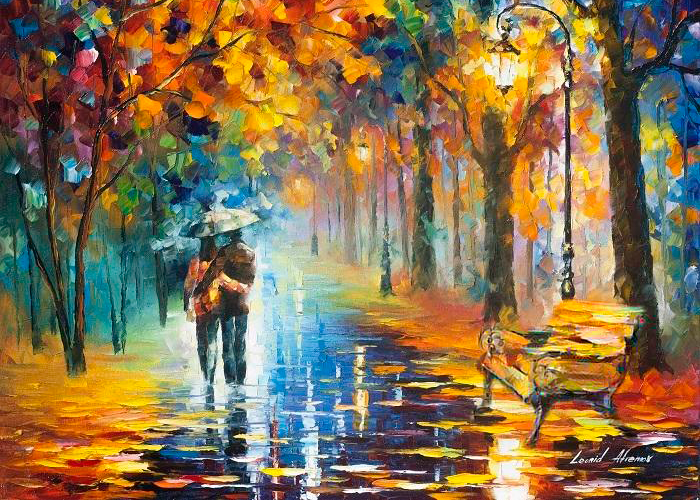
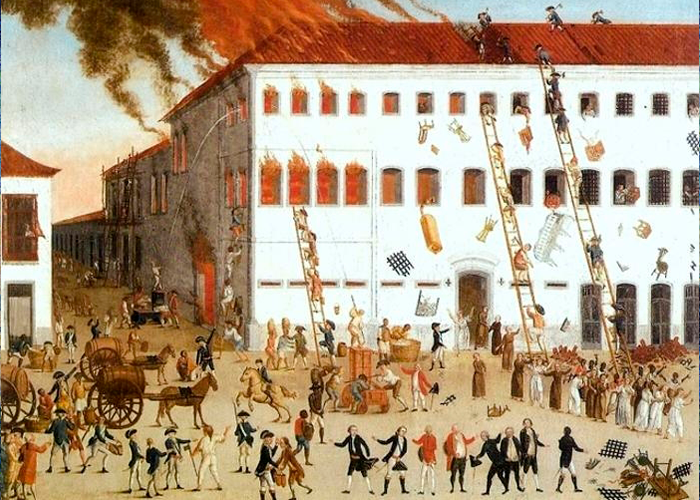
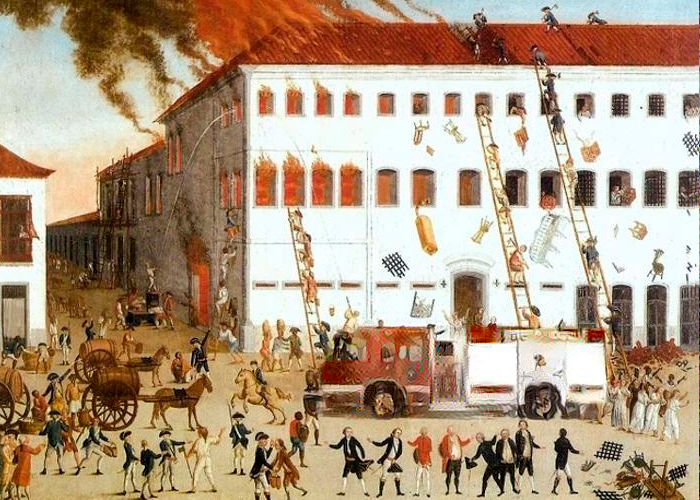
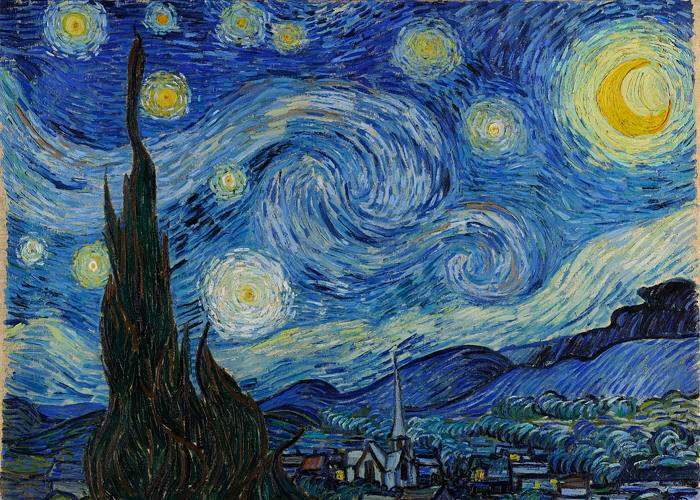
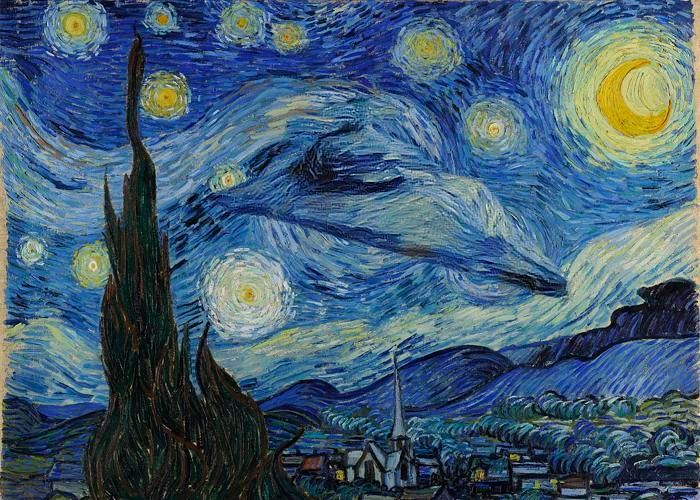
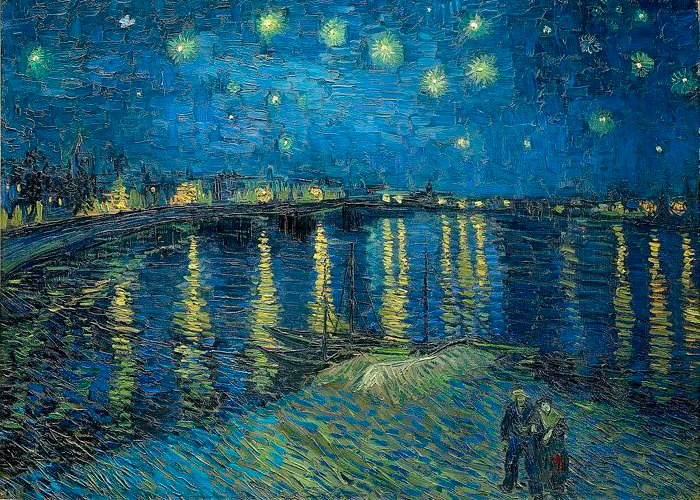
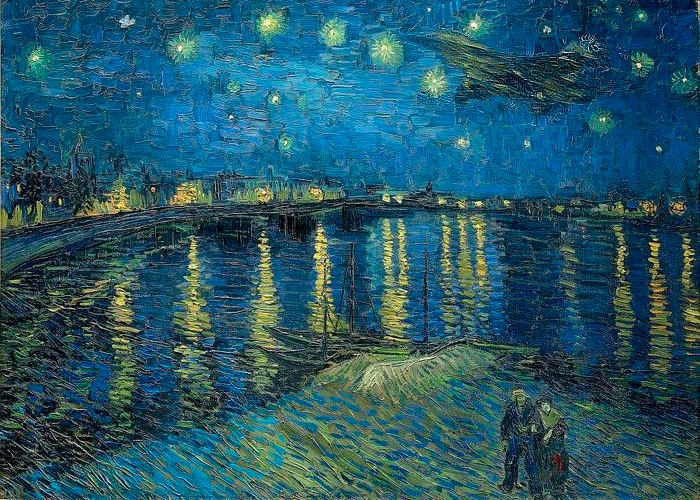
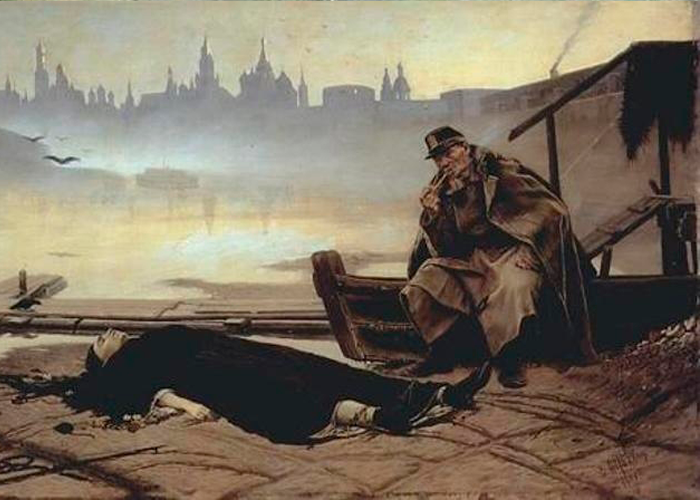
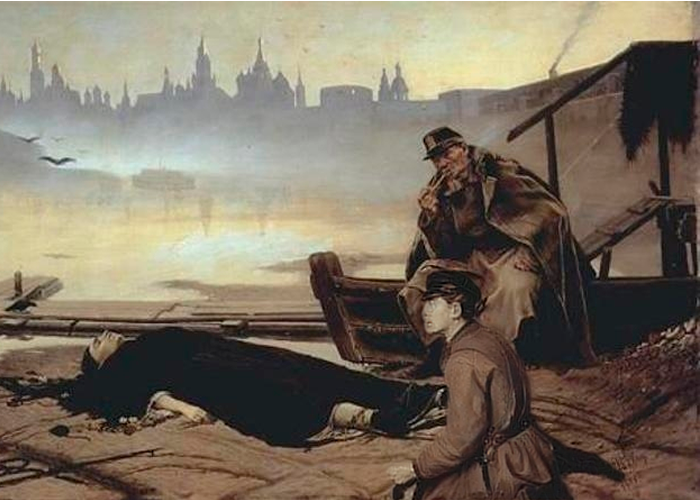
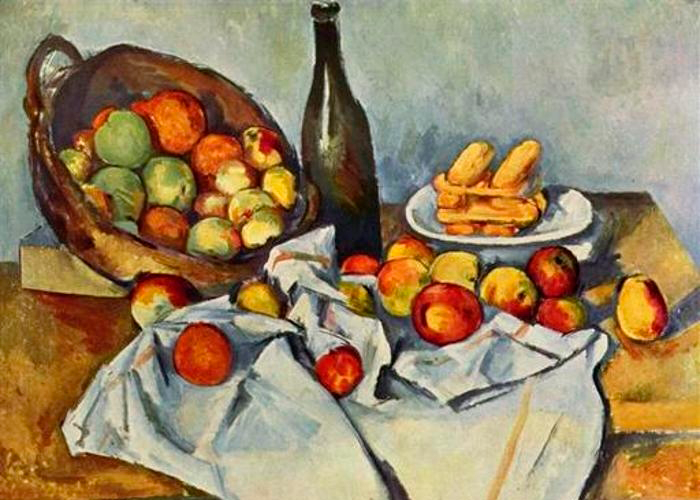
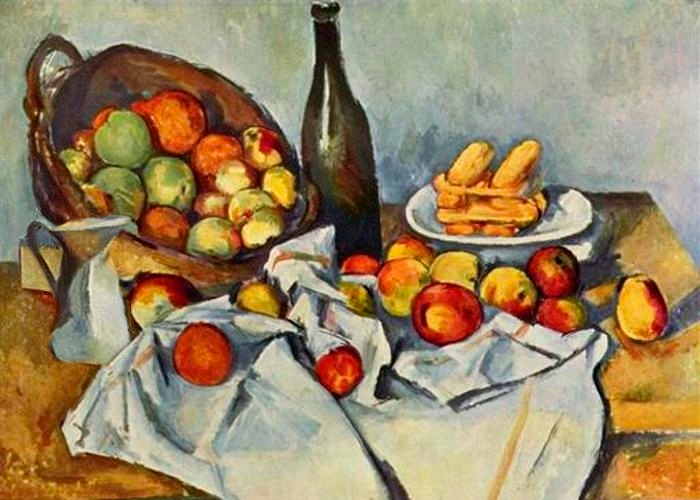
This technology shows an interesting application of artificial intelligence: it adds a new object to any painting and blends it flawlessly into the original masterpiece. See how art can be expanded and reimagined.
Imagine you have two images: a painting you want to change and a new element or object you want to add. How can we make this element look like it always belonged in the painting?
This is where “Automatic Mixed Painting” comes in. It uses an artificial intelligence program that learns different ways of drawing from millions of artworks. This AI program, trained in 2022, helps us understand the colors, textures, and styles of different paintings and is able to add new elements to an artwork by adapting the style in simple steps.
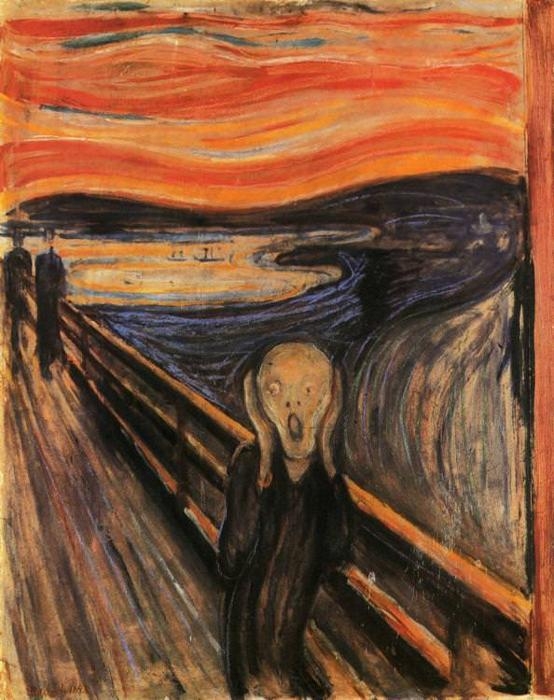
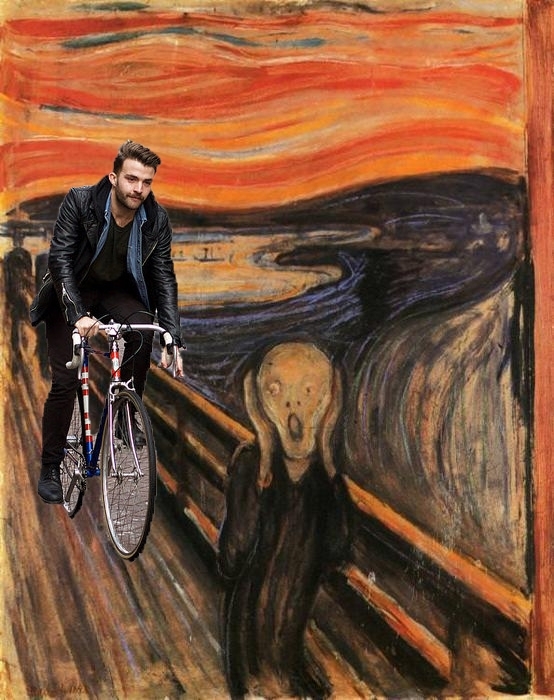
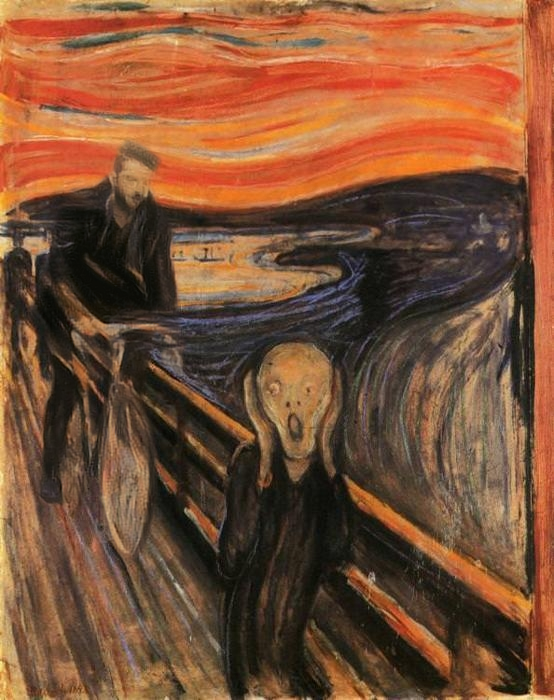



Recently, technology allowing AI programs to understand human language and being able to interact with different inputs has allowed for similar results. Using Adobe Firefly, a part of an image can be replaced, either freely by the AI or with a prompt (a text input) hinting the AI as to how to change the image. All images seen below were generated in the summer of 2024. An example of this process can be seen below:
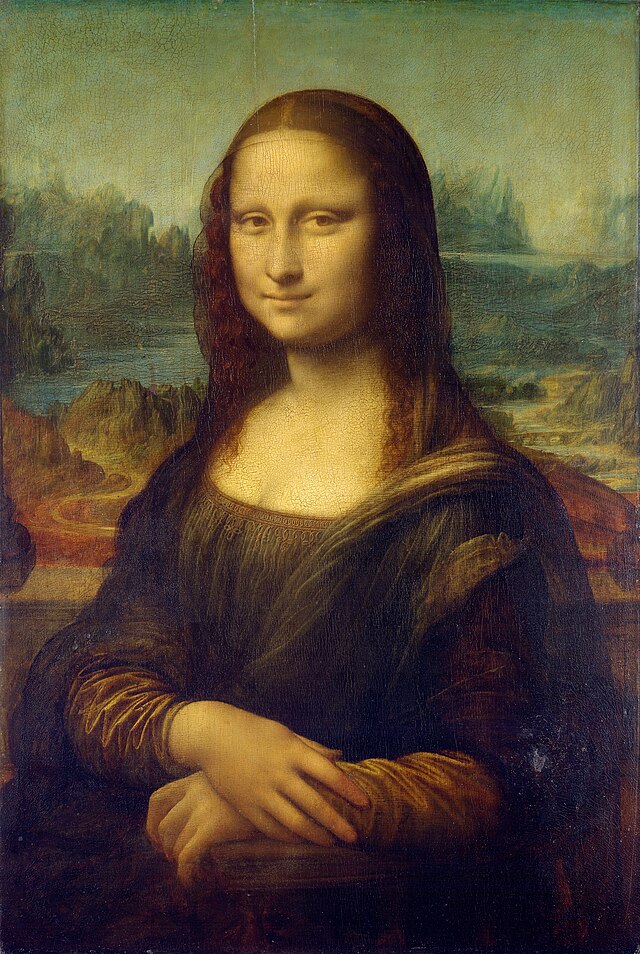
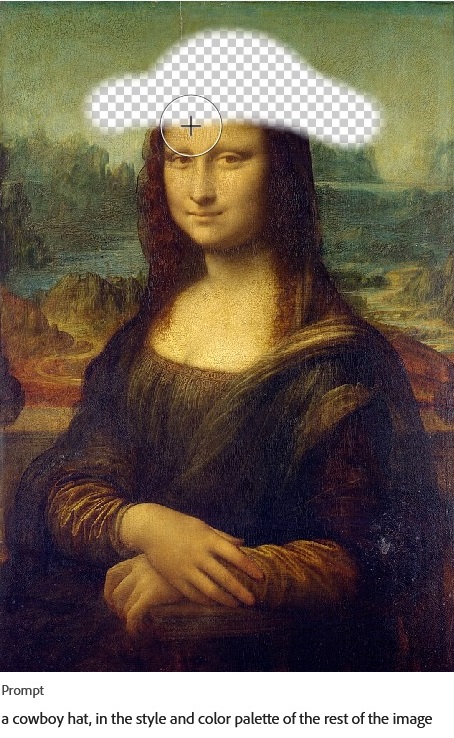
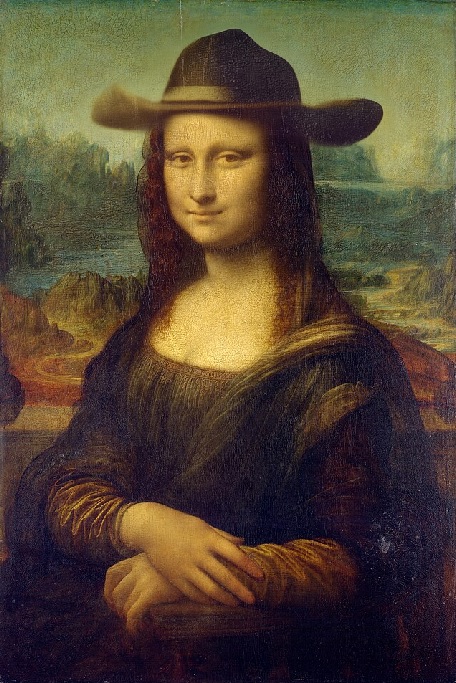



Click or hover over an image to reveal the answer!
Copyright © Université du Luxembourg 2025. All rights reserved.